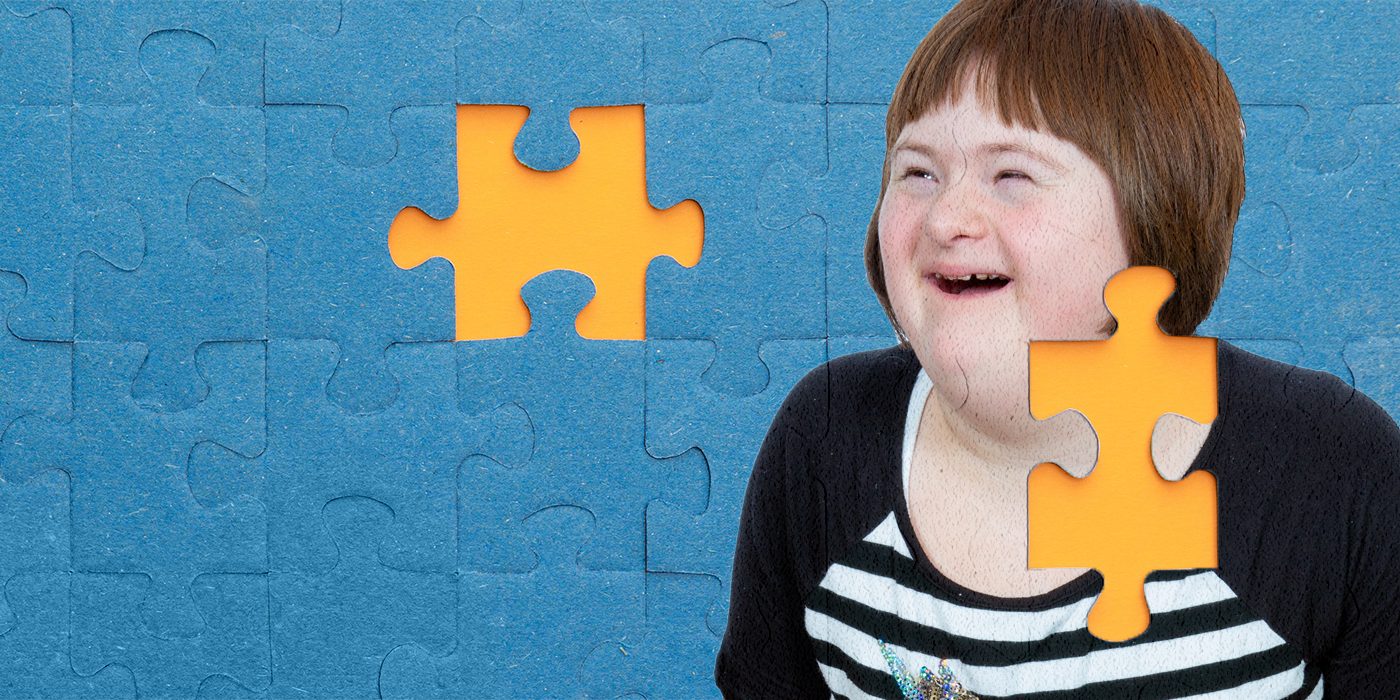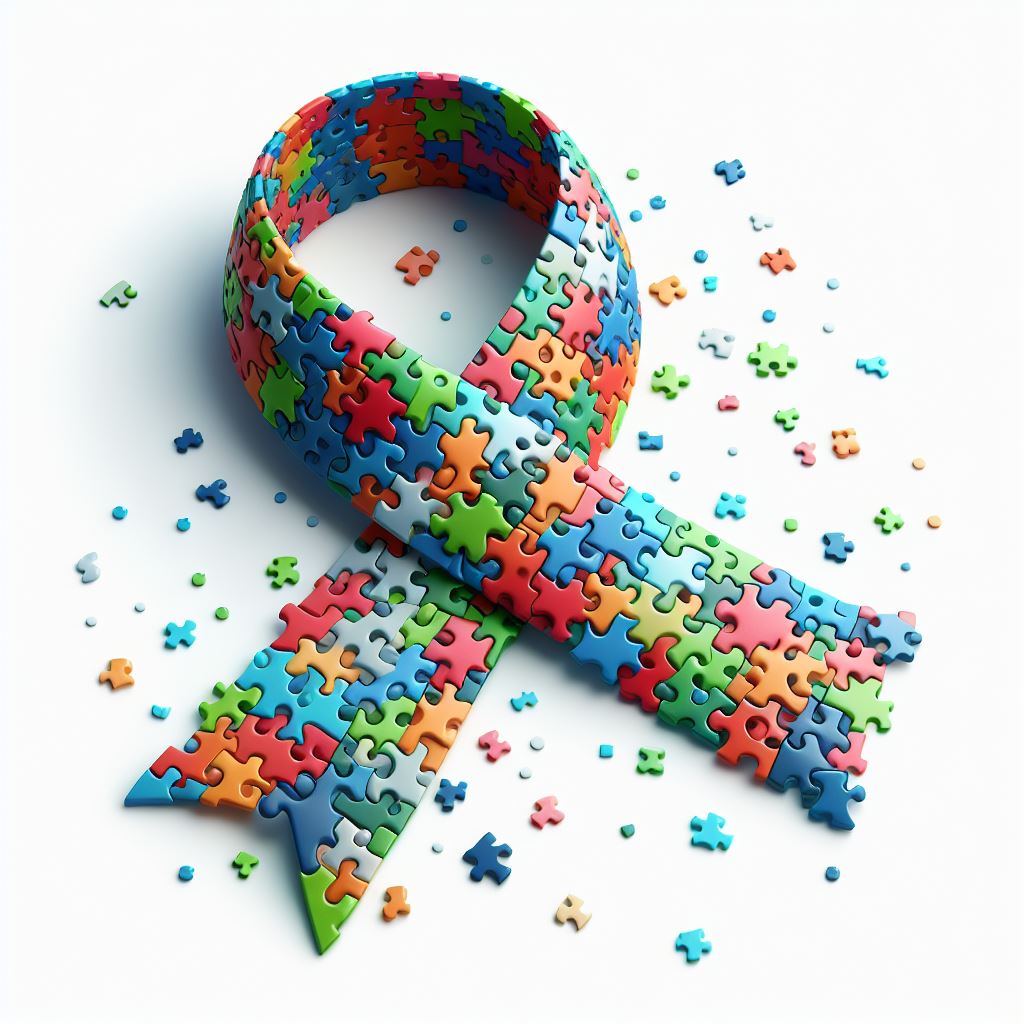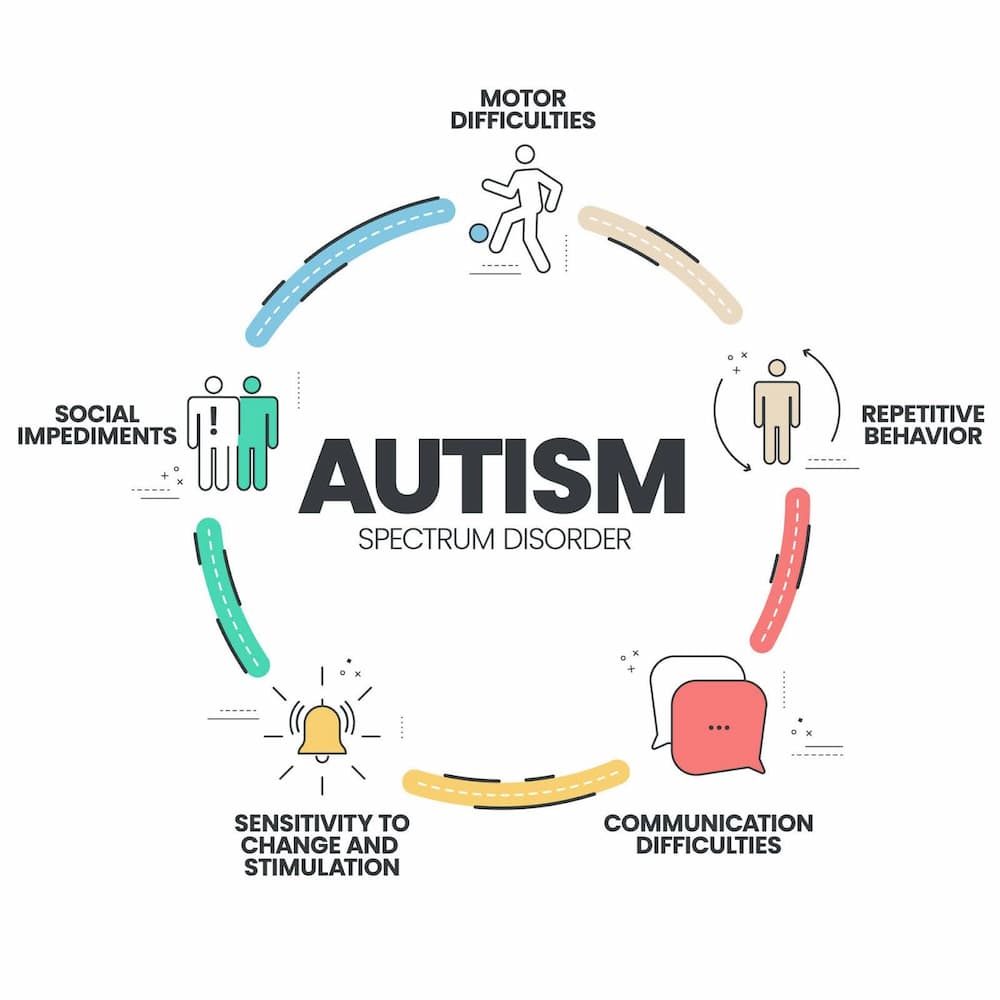Exploring Autism: Techniques for Efficient Interaction and Communication
Efficient interaction and communication with individuals on the autism range necessitate a thorough understanding of their special needs and choices. The complexities of these approaches disclose further factors to consider that merit expedition, especially in how they can be adjusted to private experiences and varied contexts.
Comprehending Autism Range Condition
Autism Range Disorder (ASD) incorporates a range of neurodevelopmental problems characterized by difficulties in social interaction, communication, and recurring habits. The term "range" reflects the varied indications and varying levels of severity experienced by individuals with ASD. While some might display substantial disabilities, others might display high-functioning qualities, permitting higher freedom in everyday life.
The onset of ASD normally occurs in very early childhood, with indications usually well-known by age 2. Early indicators might include postponed speech development, minimal eye get in touch with, and difficulties in recognizing social hints. Although the specific etiology of ASD continues to be uncertain, research study suggests a combination of hereditary and ecological factors plays a critical duty in its development.
People with ASD frequently possess distinct staminas, such as heightened attention to detail and outstanding memory abilities. They may battle with recognizing abstract principles and taking care of modifications to routine - autism. Because of this, interventions and assistance customized to private needs are important for fostering communication and social abilities. Identifying the intricacy of ASD is important for promoting awareness, approval, and efficient techniques that help with meaningful communications with individuals on the spectrum.

Relevance of Clear Interaction
Efficient communication is vital for fostering understanding and link, specifically for people with Autism Spectrum Disorder (ASD) Clear interaction not just assists in social communications but also enhances the individual's ability to express their demands, feelings, and ideas. For people with ASD, the subtleties of language can typically be challenging; consequently, making use of simple and distinct language is essential.
In addition, clear communication helps in reducing disappointment and anxiety that might occur from misunderstandings. When messages are shared in a direct and consistent fashion, individuals with ASD are much better geared up to interpret info accurately, which can dramatically improve their social engagement and engagement in different setups.
Developing routines and using visual assistances can even more boost clear communication. These methods give individuals with foreseeable structures that aid understanding and retention of information. Furthermore, proactively being and paying attention person during communications promotes a helpful setting where individuals with ASD feel valued and recognized.
Ultimately, prioritizing clear interaction not just equips people with ASD but likewise cultivates more meaningful connections with their peers, caretakers, and the bigger community, paving the means for joint partnerships and inclusive interactions. - autism
Non-Verbal Interaction Strategies
Interaction extends beyond words, and for individuals with Autism Spectrum Condition (ASD), non-verbal signs play a substantial role in interactions. Non-verbal communication methods can include faces, motions, body movement, and eye call, every one of which work as important elements for sharing feelings and objectives.
Recognizing and analyzing these non-verbal signals can enhance interactions with individuals with ASD. A cozy smile or open stance can produce a welcoming atmosphere, encouraging engagement. In a similar way, making use of aesthetic aids-- such as picture cards or symbols-- can link interaction spaces and help convey messages extra properly.
It is additionally crucial to be mindful of personal room, as people with ASD may have different comfort degrees relating to proximity. Observing their responses to physical distance can notify appropriate changes.

Developing Helpful Atmospheres
Creating an encouraging environment is crucial for fostering favorable communications and improving the well-being of people with Autism Range Condition (ASD) Such environments can significantly lower anxiousness and produce a sense of safety, allowing people to reveal themselves much more freely.
To attain this, it is important to think about sensory sensitivities that individuals with ASD might experience. Customizing the physical space to consist of soft illumination, minimal history noise, and comfortable seats can develop a go now relaxing environment. Additionally, utilizing consistent regimens and clear visual routines can aid people anticipate changes and minimize unpredictability, further promoting comfort.
Social areas should be structured to decrease overwhelming stimuli while supplying opportunities for involvement in favored activities. Facilitating locations assigned for quiet time can also work as a refuge during minutes of tension. Notably, including aspects of choice equips people, permitting them to work out agency in their atmosphere.

Encouraging Social Communications
Fostering social interactions among individuals with Autism Spectrum Problem (ASD) requires deliberate strategies that focus on comfort and engagement. Developing predictable routines can assist lower anxiety, making social setups more approachable. Creating organized environments with specified obligations and functions permits individuals to involve without the overwhelming pressure of disorganized social dynamics.
Integrating passions and staminas into social tasks can serve as a stimulant for communication. For instance, organizing team tasks around shared hobbies or subjects of fascination can promote all-natural discussions and connections. Furthermore, utilizing aesthetic assistances, such as social manuscripts or photographic timetables, can help in understanding social signs and assumptions.
Modeling proper social habits is vital - autism. Adults and peers should show reliable interaction techniques, consisting of energetic listening and turn-taking. Role-playing scenarios can also offer a safe room for individuals to exercise these abilities
Lastly, promoting peer connections through comprehensive practices is necessary. Encouraging inclusive playdates or team getaways can develop possibilities for socialization in a comfy setting. By executing these caregivers, strategies and instructors can dramatically boost social interactions for people with ASD, promoting their overall social growth and well-being.
Verdict
Finally, reliable communication and interaction strategies are vital for sustaining people with Autism Spectrum Problem. Stressing clear language, incorporating non-verbal cues, and developing foreseeable routines considerably improve involvement and lower stress and useful reference anxiety. Creating helpful atmospheres fosters safe social communications, while motivating shared rate of interests facilitates significant connections. Inevitably, these strategies empower people with autism to browse social landscapes, advertising their general wellness and allowing the advancement of enduring partnerships.
Reliable interaction and interaction with people on the autism spectrum necessitate a comprehensive understanding of their one-of-a-kind requirements and preferences. Clear communication not only facilitates social communications however also enhances the individual's capacity to express their demands, emotions, and thoughts.Cultivating social interactions amongst people with Autism Spectrum Problem (ASD) needs deliberate approaches that prioritize comfort and involvement. By applying these teachers, caretakers and methods can substantially enhance social communications for people with ASD, advertising their general social growth and well-being.
In conclusion, reliable interaction and interaction techniques are essential discover here for sustaining people with Autism Range Condition.